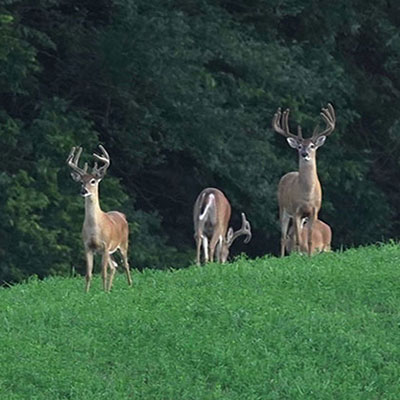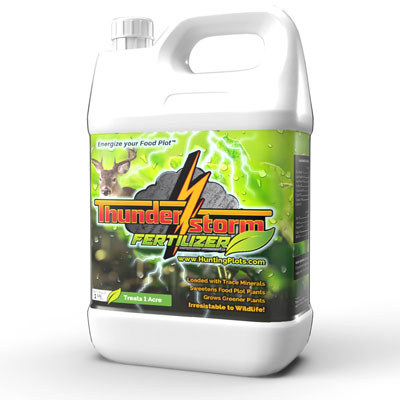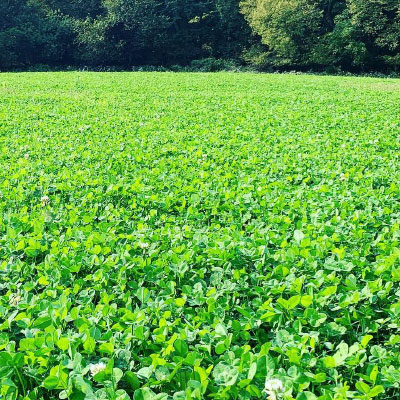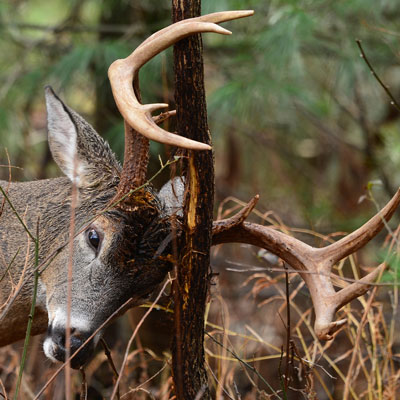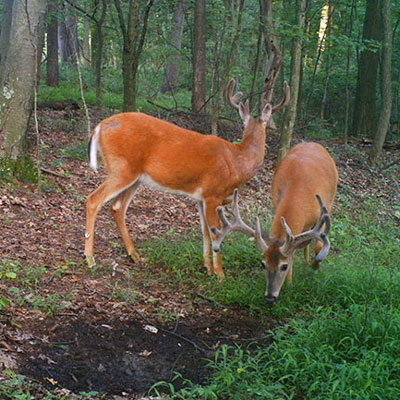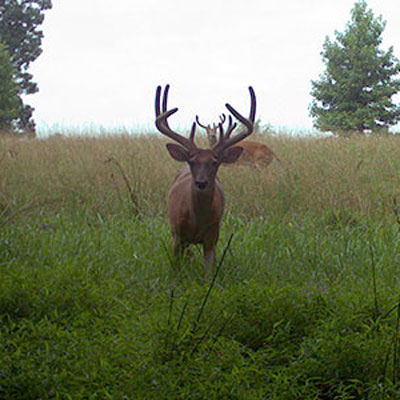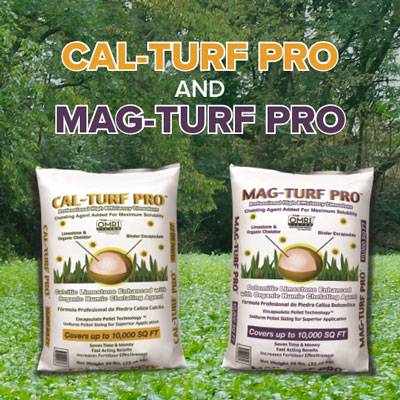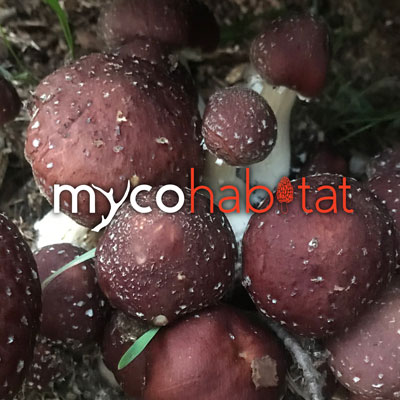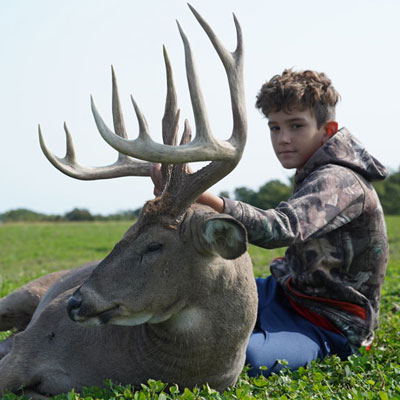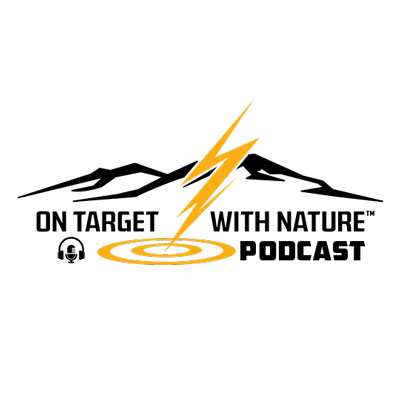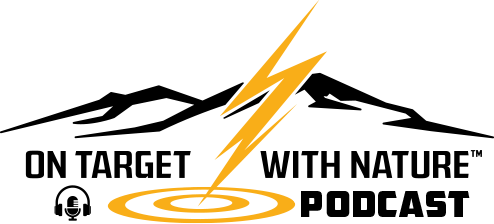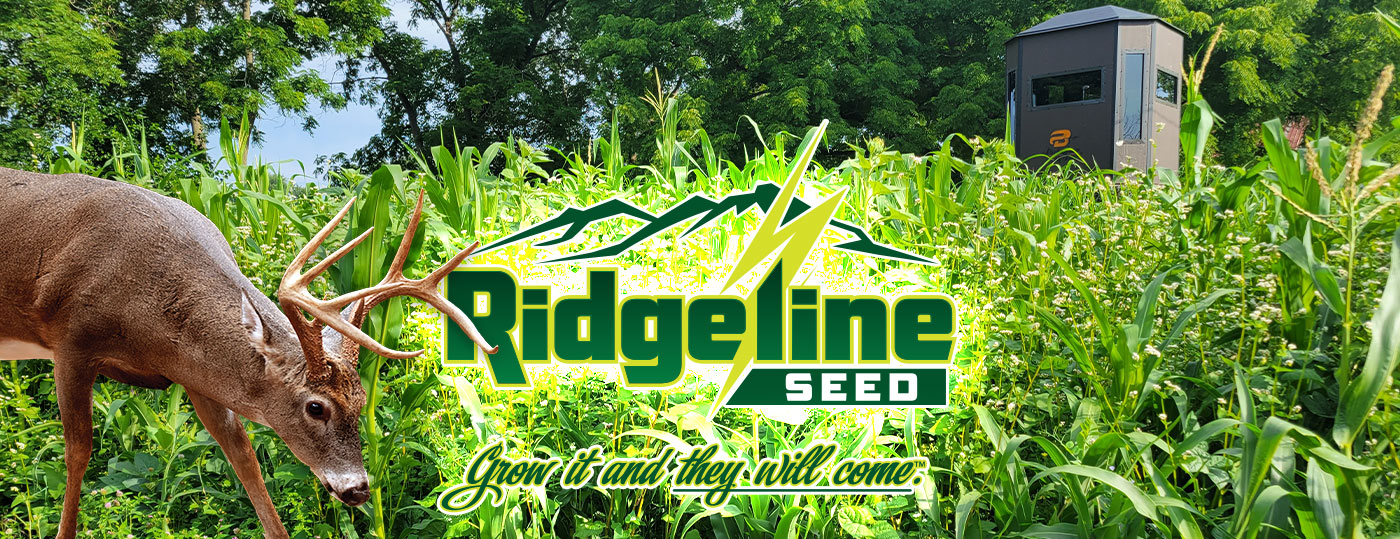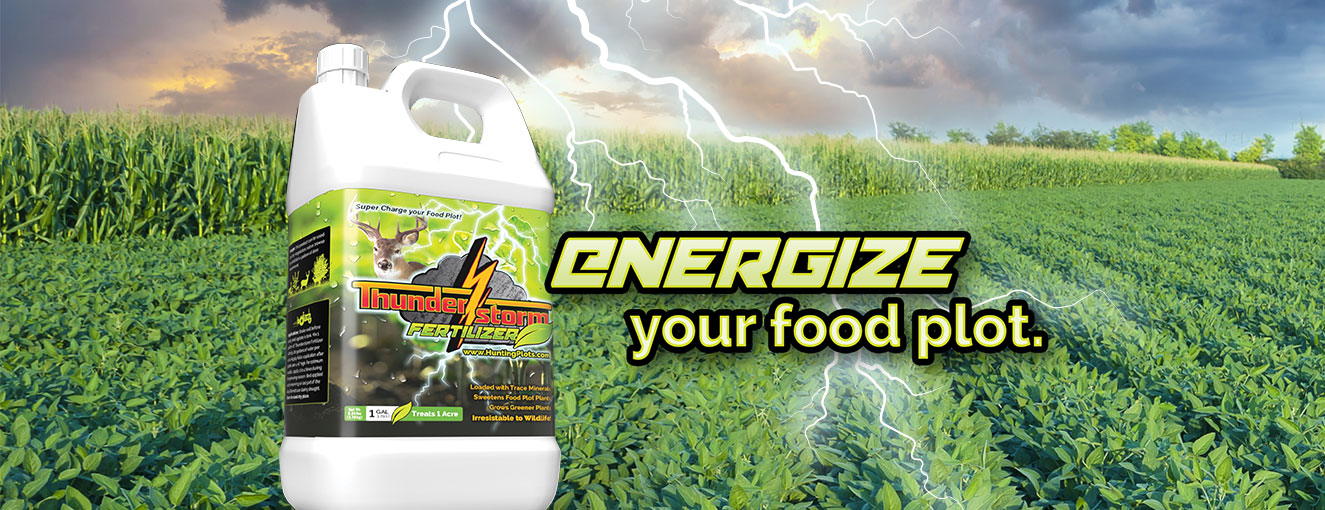
Episode 09 | April 10, 2023 | John Stoltzfus |
(More Episodes)
Spring Green-Up
Welcome to the latest on Target with Nature recording, brought to you by John Stoltzfus. So it's April 10th here, and it seems spring weather is definitely here. I think it's here to stay. And I hope we took time to hear and think about the Easter story and how God gave his only son to die in our place to pay a debt he did not owe. He paid a debt we could not pay, and to bring us that living hope of eternal life with Him after this. It just keeps things in perspective, doesn't it?
But it is a special time of the year here as we see everything green up, and it's a new start to a growing season. Food plots that were planted in a diverse blend of cereal grains and annual clovers are greening up. The perennial clovers are greening up and giving deer high protein to which will give buck - and the does carrying - complete proteins and will help them growing that new set of antlers and give the dose the nutrition that it needs to pass on to the fawn that they're carrying.
So, perennial clovers and these cereal grains as they're coming up are highly preferred food sources that deer and turkey can eat before you have that green up in the woods. So there's a big flush of growth right now, and I like to have approximately 30% of my plots in perennial clover, depending on the acreage, even up to 50% of food plots in the pre annal clovers, or like an alfalfa/clover mix or clover/chicory. This helps with not needing to plant every year, and it spreads out the workload over the course of the year to help us manage the time that we have and to be able to take care of. It's always better to have less and take care of those than it is to have too many and then not be able to take care of 'em, and get the most out of them.
So this past week we sprayed - or Craig did, I shouldn't say we - I supplied the spray and he sprayed it. So we helped each other in that way, but he put the time in, which is very valuable, and it takes prioritizing and getting it done. He sprayed all the clover plots this last week with the liquid fertilizer that we have the Thunderstorm Fertilizer. We sprayed our new version on one plot and the current formula that we have on another plot - the one that you would all know of if you have used it in the past year. We have been constantly testing new products and formulas to try to improve this fertilizer, and we've come a long ways, but we're not satisfied to not continue to test it and see if we can improve our products and techniques so that we can get the best results possible.
I think we would all agree, we all want to redeem our time and get the most out of our investment time, money, resources that we have, and spraying Thunderstorm in the spring - at spring green-up - will have a big impact and is probably one of the most impactful times that you could apply it for herd health, because it will help convert those nitrates into amino acids, and amino acids are the building blocks to building complete proteins, and these complete proteins are extremely important to herd health and to antler growth.
A lot of people know of Thunderstorm as an attractant because of the experiences and the testimonies that we had on that in the past 2 - 3 years of spraying it and seeing deer respond almost instantly to it, and because of the smell, the aroma, and the taste - the sweetness - that it brings to the plant. But I was reminded, talking this week to the manufacturer, to not forget about all the other benefits that it brings to the soil and - just as importantly - to the animal for the health of the deer and turkey wildlife, whatever.
But the thing that we don't want to forget is that we're also helping the soil and the ecosystem by helping a healthier root system leads to more earthworms and more ation in the soil, more fertilizer naturally through the earthworms, and it's a whole cycle of living organisms and energy. Plant gets it from the sun, it then puts root exudates out, and then the earthworms take that and recycle that and put it back into an available fertilizer for the plants to take back up and move through the plant leaf. It's an amazing cycle when you think about the photosynthesis and the protein synthesis of a plant and how that all is important. All those little things - all those little trace minerals - have a part in that full circle of life, and I think that's how it is in a community. You have all the different personalities and we need all those to blend that into one full circle.
If anyone is out in the Mifflin County / Big Valley area and is interested in coming to a food plot seminar, I was asked to speak at a seminar for Lost Creek Ag. They are becoming a dealer for our products and in that area, I have a phone number here for you to reach out. You do need to pre-register, so I would love if there's any listeners in that area and you can make it. The date is April 13th. I apologize for the last minute. This was planned a little while ago and I kept forgetting to put it on the recording, but hopefully you can rearrange your schedule or you can make it work to come out Thursday evening. I would want you to call at Lost Creek Ag at (717) 463-3060, and they want you to pre-register. So, if you are interested in knowing more about getting the most nutrition out of your plants - because plants are just a transfer agent of what's in the soil - I would encourage you to come to that seminar, see what you can learn to help you on your property to make a difference with the plant nutrition that you are making available to the wildlife.
I also want to announce that we got a hold of some buckwheat outta Canada as a feed grain. It's not a certified seed, but I got a hold of it through someone that has bought it in and has done a germ test and it has turned out really good. It has showed very good germination. It's only because it's easier to bring it across the border as a grain, versus having to certify it as a seed. So with that being said, I cannot sell it with a seed tag. So it is as-is. I'm selling it to you as grain, and if you want to use it as a seed, that is what people are doing and with good results. There is people that did it last year and I wanted to see how it works out before I bring it in. But I was looking at a cheaper option of buckwheat.
The buckwheat crop in Pennsylvania was very poor - or not only Pennsylvania, but United States - was very poor last year and it did not get a good crop of seed. So therefore there's a little bit of a shortage or a spike in the price this year, and we were able to get ahold of this grain buckwheat, which seems to have a very good germination, and we're gonna offer that at $50 a bag for a 50-pound bag. You would usually typically use 50 - 80 pounds an acre. We will only have it in 50-pound bags, whereas our buckwheat blend with the spring oats in it retails at $79 99. So it's a substantial savings if someone is looking for new plots or plots that they are looking to later plant in fall blends. Buckwheat is very easy to seed into in the fall again, or I should say late summer - August - and it's a short season crop, so even if you are clearing a new plot and you want something to come, to grow quick, it will literally germinate in 3 - 4 days, most times, if it has any moisture. It grows very quick. It grows fast, it's a short season crop, and works awesome for new plots. If you can't get buckwheat to grow, then you'll probably not get hardly anything to grow, other than maybe rye.
Some other benefits to buckwheat. Buckwheat has the highest amount of selenium that any plant can have, and selenium is a very strong reproductive mineral. So if you're looking to improve your reproduction and expand your deer herd, and buckwheat is a great thing to plant to help out with that, and it's good to have in their diet, even buck will benefit from a good amount of selenium in their diet. Turkey also love buckwheat. Anybody that has planted buckwheat and not seeing turkey digging through their plot to try to get those seeds must not have turkey - many turkey - around, because we have seen that to be very effective to plant buckwheat early. It's a little bit tougher in the northern areas because buckwheat will not handle frost, so if you plant it and you get a late frost, it will kill the buckwheat. So you gotta be careful not to plant too early. And if that's the case, that's the reason we put a mix together called Spring Fling with some spring oats, peas, that has a small amount of buckwheat in it so that if it does get a late frost, it doesn't wipe everything out; your oats and peas can handle that, as well as a forage grass that we have in there.
So you gotta be careful you don't plant too early, as is the case with any of your summer annuals. Any summer annuals, you would wanna wait till the soil is 60° at 9:00 in the morning. That's the soil temperature you'd be looking for, or just watch the farmers; once they start planting corn / beans, then you can plant your summer annuals. But I didn't see any of that here yet, so just keep an eye on when they're planting and they're doing it for a living so they know when the right time is to plant. Or, you know, check with the farmers in your local areas and ask them when you should be planting. Typically, in our area, summer annuals, we typically plant, we shoot for like the first week of May - first / second week of May - and then as you go farther north, you might be in mid - end of may. And then that summer annual will grow fast, it'll give them summer food, and then you can rotate some fall crops into that with brassicas and cereal grains - and we typically plant that, usually shooting for a first week August. Some northern areas may be in the last week in July if the weather is right.
I got reports in the past week or so, that they're really starting to hit the mineral sites, so I'd also like to remind you guys - where it is legal - you may want to get your mineral sites refreshed. They are starting to hit those and it can be a good way to supplement, give them something to help their diet - for those that don't have food plots, especially. And just to finish up on the Thunderstorm, you can use that on native vegetation. If you're not planting food plots, then you might not be listening to this recording, but if you are, then you wanna start in with something that can help the deer herd. You can spray that on native vegetation. We have guys like Konica Forestry that have been spraying it on their browse trails with good success. So that just another idea, a little tip that could help you.
I hope that you take time as we get into this busy spring season to slow down and take a little time in nature and enjoy its many blessings.
More Episodes











